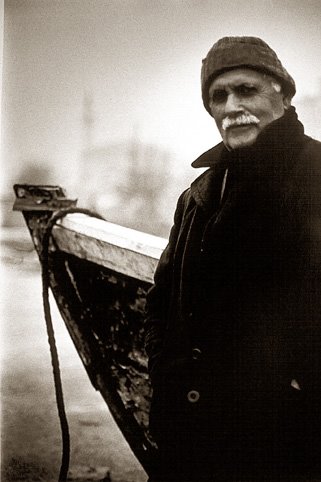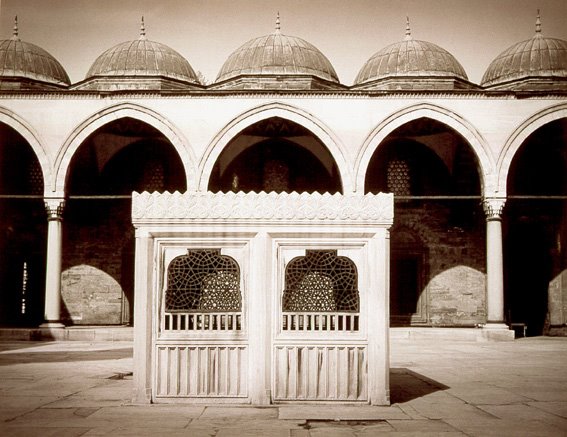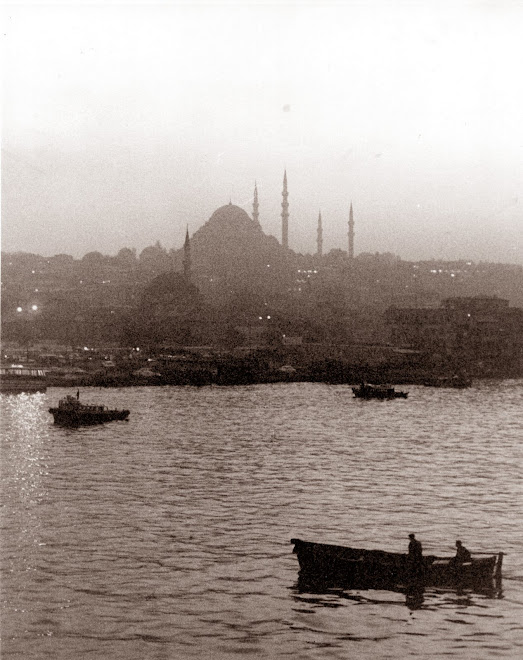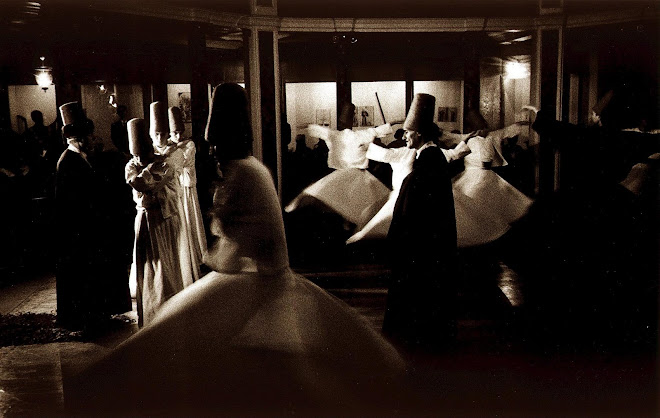İSTANBUL Mevleviler ve RUMİ
Mevlana bir tarikat kurmamış olsa da bunun temellerini attı. Dostlarıyla birlikte sohbet toplantıları düzenler, bu toplantılarda dini konuşmalar yapılır, müzik dinlenir , sema yapılır ve zikredilirdi. Zamanla Mevlana'nın fikirleri yayıldı ve toplantılarına katılmak isteyenlerin sayısı arttı. Bu kişilerin bazıları İran ve Arabistan gibi yabancı ülkelerden geliyorlardı. Mevlana, toplantılara düzen vermek için bazı kurallar koydu. Bu düzen, Mevlevilik tarikatı ritüellerinin kökenini oluşturacaktı.
Mevlana'nın oğlu Sultan Veled postnişin (şeyh) olduktan sonra bir tarikat merkezi (tekke) inşa edildi. Bu tekkede Kur'an ve Mesnevi okunuyor, sema yapılıyordu. Zamanla tarikat diğer illere, hatta komşu İslam ülkelerine de yayıldı. Böylece Mevlevilik en yaygın sufi tarikatlardan biri haline geldi. Mevlana'nın, yakınları ve dostlarının defnedilmiş olduğu Konya'daki Yeşilkubbe (Kubbei Hadre), tarikatın manevi merkezi halini aldı. Bugün de pek çok müslüman bu türbeyi ve yanındaki tekkeyi ziyaret etmektedir.
Mevleviliğin başlangıcında, sema ayini dervişlerin vecde gelmesiyle başlıyordu. Ulu Arif Çelebi zamanında semadan önce Kur'an ve gazeller okunmaya başladı. Sema ayini Mukabele denilen günümüzdeki şeklini 15.yy'da Pir Adil Çelebi zamanında aldı...
Ritüeller [değiştir]
Mevleviliğin gelişmiş bir adap ve kural sistemi vardır..
Felsefe [değiştir]
Hâsılı Mevlânâ’nın tasavvufu, sırf mistik ve idealist bir tasavvuf olmayıp mahdut varlıktan, ferdiyetten ve ferdi ihtiraslardan tamamiyle sıyrılmak ve halka, topluluğa yayılmak sûretiyle tecelli eden ve sosyal hayatta hudutsuz bir sevgi, insanî bir görüş ve mutlak bir birlik halinde, moral sahadaysa herkesin kendisini, bir kâmile uymak suretiyle ıslâhı ve umumî olarak hayra, güzele ve iyiye doğru bir gidiş, insanî bir terbiye halinde tezahür eden ve böylece de realitede amelî karaktere sahip olan bir tasavvuftur.
Mevlana Celaleddin Hayatı,Eserleri,Felsefesi -Abdülbaki Gölpınarlı Sh.205
Through history
Mevlevi dervishes whirling in Pera by Jean-Baptiste van Mour
The Mevlevi became a well-established Sufi order in the Ottoman Empire by realizing a blood relationship with the Ottoman sultans when Devlet Hatun, a descendant of Sultan Veled, married the sultan Bayezid I. Their son Mehmed I Çelebi became the next sultan, endowing the order, as did his successors, with many gifts.
Many of the members of the order served in various official positions of the Caliphate. The centre for the Mevlevi order was in Konya, where their 13th century guiding spirit, Mevlana (Jelaleddin al-Rumi) is buried. There is also a Mevlevi monastery or dergah in Istanbul, near the Galata Tower, where the sema (whirling ceremony) is performed and accessible to the public.
During the Ottoman Empire era, the Mevlevi order produced a number of famous poets and musicians such as Sheikh Ghalib, Ismail Ankaravi (both buried at the Galata Mevlevi-Hane) and Abdullah Sari). Vocal and instrumental music, especially the ney, plays an important role in the Mevlevi ceremony and famous composers such as Dede Efendi wrote music for the ayin (cycle of Mevlevi ceremonial music). The ayin text is normally a selection from the poetry of Mevlana. If one buys a CD of Turkish Sufi music, chances are it will be a Mevlevi ayin.
During the Ottoman period, the Mevlevi order spread into the Balkans, Syria, and Egypt (and is still practiced in both countries where they are known as the Mawlawi order). The Bosnian writer Meša Selimović wrote the book "The Dervish and Death" about a Mevlevi dergah in Sarajevo.
The Mevlevi Order has some similarities to other Dervish orders such as the Qadiri (founded in 1165), the Rifa'i (founded in 1182), and the Kalenderis.
Whirling Dervishes, in Göreme, Turkey.
The Mevlevi Order was outlawed in Turkey at the dawn of the secular revolution and the dervish lodge was converted to Mevlana Museum in Konya by Kemal Atatürk. In the 1950s, the Turkish government legalized the Mevlevi order as an association and began allowing the Whirling Dervishes, who are chosen among the members of this authentic Mevlevi sect, to perform annually in Konya on the Urs of Mevlana, December 17, the anniversary of Rumi's death.[1] In 1971, they performed in London with Kani Karaca as lead singer. In 1972, they toured North America for the first time with Kani Karaca, Ulvi Erguner, and Akagündüz Kutbay among the musicians. They performed in France, for Pope Paul VI, and at the Brooklyn Academy of Music and other venues in the United States and Canada - under the direction of the late Mevlevi Shaikh Suleyman Hayati Dede. In April 2007 the order initiated another tour of the U.S. where they performed to sold-out crowds, in places such as Denver and San Francisco.
The order is still active in Turkey, currently led by the 20th great-grandson (22nd generation descendant) of Rumî, Faruk Hemdem Çelebi.[
Yazılar Wikipedia Türkçe ve İngilizce İnternet Ansiklopedisinden
alınmıştır.
ANADOLU 1966. Anatolia
16 yıl önce














